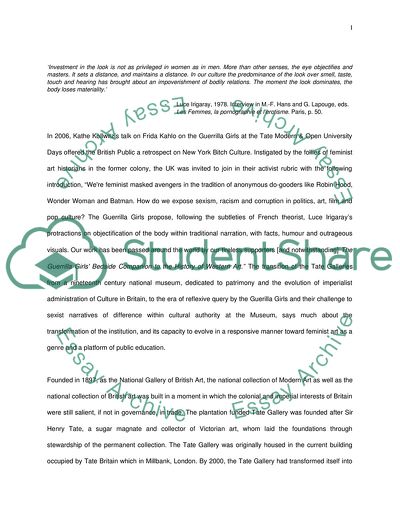Cite this document
(The Follies of Feminist Art Historians Case Study, n.d.)
The Follies of Feminist Art Historians Case Study. Retrieved from https://studentshare.org/culture/1738051-curating-essay
The Follies of Feminist Art Historians Case Study. Retrieved from https://studentshare.org/culture/1738051-curating-essay
(The Follies of Feminist Art Historians Case Study)
The Follies of Feminist Art Historians Case Study. https://studentshare.org/culture/1738051-curating-essay.
The Follies of Feminist Art Historians Case Study. https://studentshare.org/culture/1738051-curating-essay.
“The Follies of Feminist Art Historians Case Study”. https://studentshare.org/culture/1738051-curating-essay.


